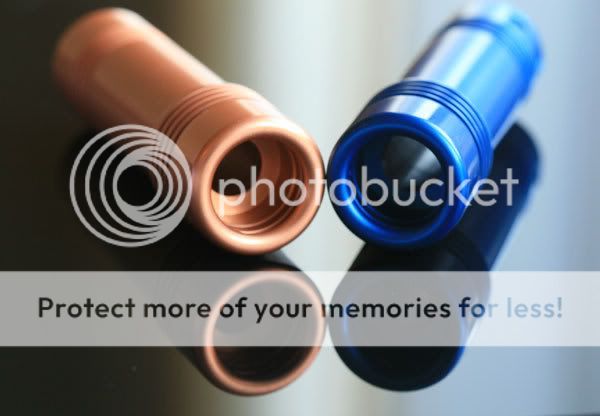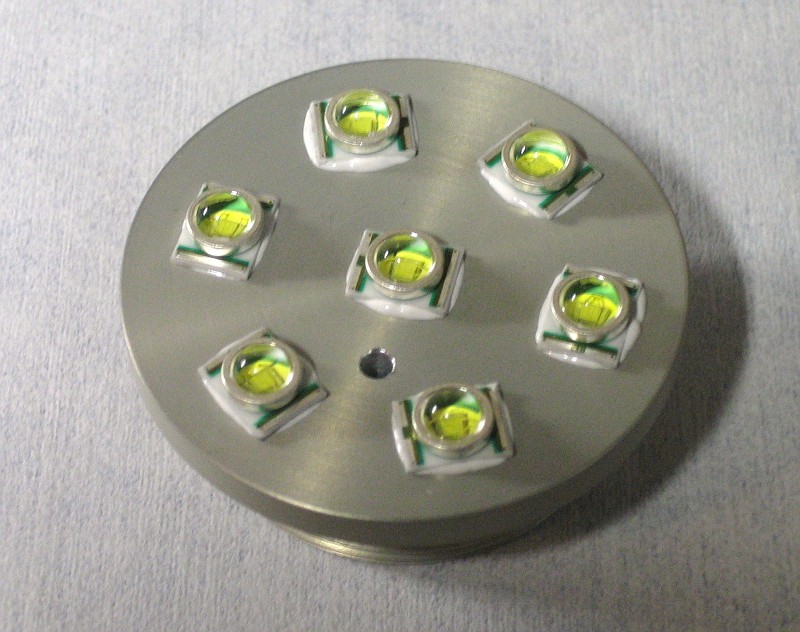LLCoolBeans
Flashlight Enthusiast
As I understand it HAIII is very limited in terms of the colors it can be produced in. I've been told that any HAIII color must be darker than the natural dark gray color. Is this correct?
Some manufacturer's appear to be claiming to offer HAIII finishes in colors like silver, orange and tan. Is this even possible? Or are they claiming something that is not true. Or what?
Looking for answers from members who have real knowledge and or experience with these sorts of metal finishes.
Also, this thread is for discussion of the anodizing process and what is and is not possible with such a finish. This thread is NOT a place to discuss specific manufacturers and whether or not they are doing something dishonest. Please do not mention any manufacturers by name and please try to stay on topic. Thanks.
Some manufacturer's appear to be claiming to offer HAIII finishes in colors like silver, orange and tan. Is this even possible? Or are they claiming something that is not true. Or what?
Looking for answers from members who have real knowledge and or experience with these sorts of metal finishes.
Also, this thread is for discussion of the anodizing process and what is and is not possible with such a finish. This thread is NOT a place to discuss specific manufacturers and whether or not they are doing something dishonest. Please do not mention any manufacturers by name and please try to stay on topic. Thanks.
Last edited:




